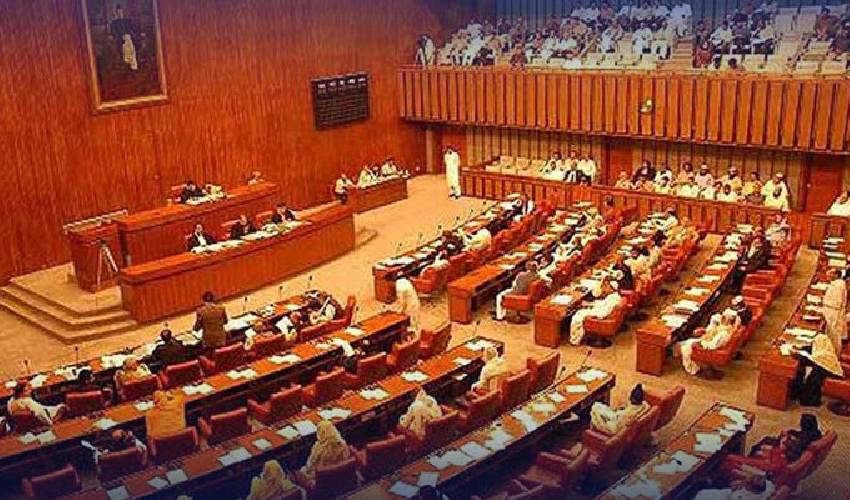ISLAMABAD: The ruling alliance, comprising PML-N, PPP, MQM-P, and several smaller parties, is on course to clinch a two-thirds majority in the upper house of Parliament as voting kicks off for 30 vacant seats.
Polling commenced at 9 am and will continue until 4 pm at the National Assembly, Punjab Assembly, and Sindh Assembly. Meanwhile, all 11 candidates in Balochistan have been elected unopposed.
However, Senate polls in the Khyber Pakhtunkhwa Assembly faced a stand-off between the provincial government and opposition over the oath-taking of MPAs-elect on reserved seats, delaying the process.
Originally, the elections were set to fill 48 Senate seats, including 11 each from Khyber Pakhtunkhwa and Balochistan, 12 each from Punjab and Sindh, and two from Islamabad. Yet, with 18 senators already elected unopposed, the focus now shifts to the remaining 30 seats contested by 59 candidates.
In a twist, the KP Opposition requested the Election Commission of Pakistan (ECP) to postpone the Senate polls, citing unsworn-in members. However, the ECP stood by its decision to delay polling if the oath was not administered to MPAs-elect as per a recent Peshawar High Court order.
Meanwhile, Punjab witnessed seven senators elected unopposed, with the PML-N and its allies poised for victory based on numerical advantage.
In Sindh, the ruling PPP is expected to secure 10 out of the 12 seats, while MQM-P’s lone candidate is likely to succeed. Reports hint at an understanding between PPP and MQM-P to support an independent candidate, Faisal Vawda.
For Islamabad’s two seats, the PPP and PML-N have fielded candidates, potentially bolstering the ruling alliance’s majority.
With predictions pointing towards a two-thirds majority for the ruling coalition, comprising PML-N and PPP, the PTI is set to maintain its status as the single largest party. While opposition senators may add turbulence to proceedings, they are unlikely to impede legislation proposed by the ruling coalition.
The Senate, with 96 members, reflects the party positions in provincial assemblies and the National Assembly, making these elections pivotal in shaping the legislative landscape.


